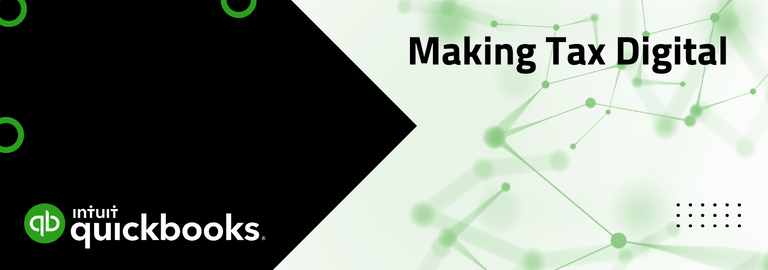MTD for ITSA: Questions your clients might be asking
Practitioners must communicate to clients ahead of the MTD ITSA conversion deadline to ensure as smooth a path as possible, urges John Edwards, CEO of the Institute of Financial Accountants (IFA).
Practitioners must communicate to clients ahead of the MTD ITSA conversion deadline to ensure as smooth a path as possible, urges John Edwards, CEO of the Institute of Financial Accountants (IFA).

Having been through something similar with MTD for VAT, the chances are that you are already adept at helping clients with some of their technical challenges. The MTD for ITSA rules will apply from April 6, 2024, but clients are advised to start preparing for upcoming changes ASAP to ensure the transition runs more efficiently, meaning they could save time in the long run.
Practitioners will already be aware that MTD ITSA will affect self-employed business owners and landlords earning over £10,000 gross income each year from self-employment or property. Qualified taxpayers and their agents need to recognise which businesses are caught by MTD ITSA and to register for MTD. Before agents sign up their clients, they will need compatible software to submit their VAT Return and an agent services account.
Under the new system, unincorporated businesses will have to file quarterly updates on or by the fifth of every August, November, February and May. They will also have to file an annual end-of-period statement (EOPS) on or before January 31 after the tax year they’re filing for.
Quarterly update
Each quarterly update will consist of the totals of income and expenditure (sorted into categories) for the quarter, pulled directly from the digital accounting records, with no adjustments made for disallowable items, allowances, losses or other accounting adjustments. The submission of the quarterly update, up to one month after the end of the quarter, simply proves to HMRC that the business is digitally recording its accounting data in a relatively timely manner.
After receipt of the quarterly update, HMRC will feed back to the taxpayer an estimated amount of their tax liability for the period, probably through the online business tax account. The taxpayer doesn’t have to do anything with this information, as it doesn’t create a tax liability.
Annual accounts
The annual accounts for the business, as currently reported on the self-employed section of the tax return, will be submitted to HMRC on the EOPS by January 31 after the tax year end. This report will include all the accounting adjustments for the year, but there is no requirement to tie the EOPS to the figures reported in the quarterly updates.
The finalisation statement
The finalisation statement is the replacement for the current self-assessment tax return and is used to calculate the tax liability for the year. It will include the taxable business income from the EOPS and all other income, gains and claims which need to be reported for income tax.
The finalisation statement will have to be submitted by January 31 following the tax year end, the same deadline as the current tax return, but there will be no option to submit a paper tax return instead. All the MTD ITSA reports will have to be submitted using MTD compatible software, but this could be a combination of API-enabled spreadsheets and other tax software.
Recently published research by HMRC on the small business experience of MTD for VAT revealed that digitalising accounting systems will bring efficiency benefits for businesses, in part by helping taxpayers reduce common mistakes in their tax returns, which cost the Exchequer over £10bn in lost revenue in 2019-2020. HMRC says that taking ‘human hands’ out of the accounting data processing eliminates errors such as mistyped figures, data entered in the wrong box, and transactions omitted completely from the accounting records.
Other anticipated benefits include reducing the costs of collecting and processing tax data; reducing the tax gap; and making the mechanics of the tax compliance system more adaptable and resilient.
There will be penalties for non-compliant taxpayers, which are likely to be behaviours-based, but the mechanics and timings of this have not been publicised at the time of writing.
Businesses that have already been granted exemption from online filing under the current rules (for example on grounds of religious, age, disability or internet access issues) are expected to be granted exemption from MTD requirements as well.
For those who aren’t exempt, HMRC is allowing for people to voluntarily use the service via its pilot scheme so it can iron out, test and develop the service before April 2024. You could encourage clients to join the MTD for ITSA pilot scheme – not only is it an opportunity for them to get ahead of the curve, it’s also a good idea to help familiarise themselves with it sooner rather than later.
Keeping up to date with the legislation to understand how MTD ITSA will impact the kinds of clients a firm has is essential. This is particularly relevant in areas where clarification is still to come, for example, filing for multiple sources of income and landlords with shared ownership of properties. Although there is no hard deadline, HMRC has suggested that the technical details will be available at some point soon. Regardless, clients will need to know if they are impacted and how. It’s going to be a big change and the more warning given, the better. Although HMRC has committed to a communication strategy, relying on the key information getting through might not be wise. In fact, it is better if it comes from their trusted accountant first if possible, even if it’s just the basics at this stage.